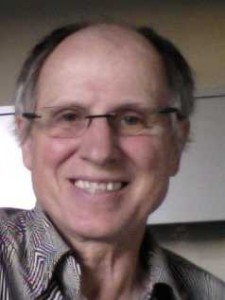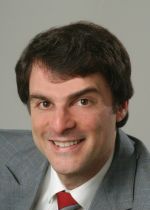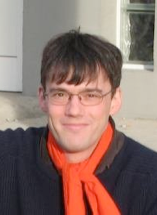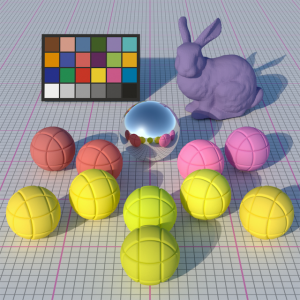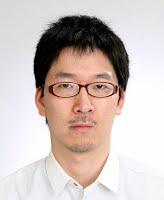 Shinji Watanabe is a Senior Principal Researcher at Mitsubishi Electric Research Laboratories (MERL), Cambridge, MA, USA. He received his Ph.D. from Waseda University, Tokyo, Japan, in 2006. From 2001 to 2011, he was a research scientist at NTT Communication Science Laboratories, Kyoto, Japan. In 2009, he was a visiting scholar at the Georgia Institute of Technology, Atlanta, GA. His research interests include Bayesian machine learning, and speech and language processing. He has published more than 100 papers in journals and conferences, and received several awards including the best paper award from IEICE in 2003. He is currently an Associate Editor of the IEEE Transactions on Audio Speech and Language Processing, and member of several committees including the IEEE Signal Processing Society Speech and Language Technical Committee (SLTC). His talk will take place on Tuesday, September 15, 1 pm in room E104.
Shinji Watanabe is a Senior Principal Researcher at Mitsubishi Electric Research Laboratories (MERL), Cambridge, MA, USA. He received his Ph.D. from Waseda University, Tokyo, Japan, in 2006. From 2001 to 2011, he was a research scientist at NTT Communication Science Laboratories, Kyoto, Japan. In 2009, he was a visiting scholar at the Georgia Institute of Technology, Atlanta, GA. His research interests include Bayesian machine learning, and speech and language processing. He has published more than 100 papers in journals and conferences, and received several awards including the best paper award from IEICE in 2003. He is currently an Associate Editor of the IEEE Transactions on Audio Speech and Language Processing, and member of several committees including the IEEE Signal Processing Society Speech and Language Technical Committee (SLTC). His talk will take place on Tuesday, September 15, 1 pm in room E104.
Practical Bayesian Methods for Speech and Language Processing
In this talk, I will introduce practical Bayesian methods for speech and language processing; mainly focusing on Bayesian acoustic models for speech recognition. In general, speech and language processing involves extensive knowledge of statistical models. Both acoustic and language models are important parts of modern speech recognition systems where the models learned from real-world data present large complexity, ambiguity and uncertainty. Modeling the uncertainty is crucial to tackle model regularization for robust speech recognition. I will introduce the applications of several approximated Bayesian inference techniques including maximum a posteriori, asymptotic, and variational Bayesian methods to acoustic modeling, and discuss the effectiveness and the difficulties of these approximated methods. In addition, I will also briefly explain the recent activities of the MERL speech and audio research.
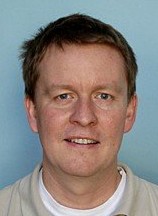
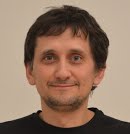
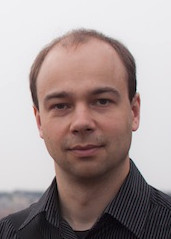
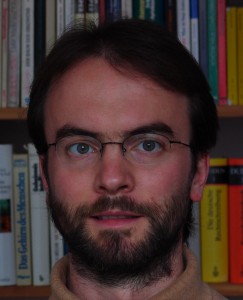


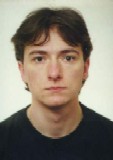
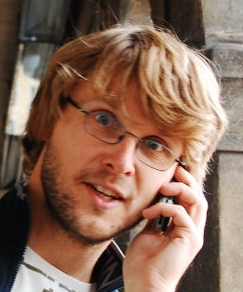
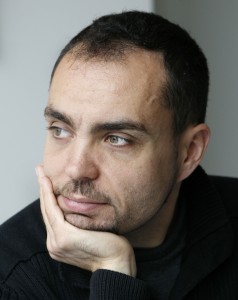
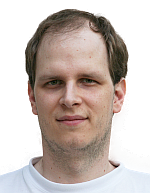

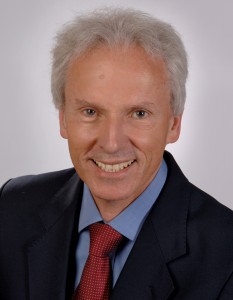
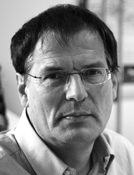 i
i
